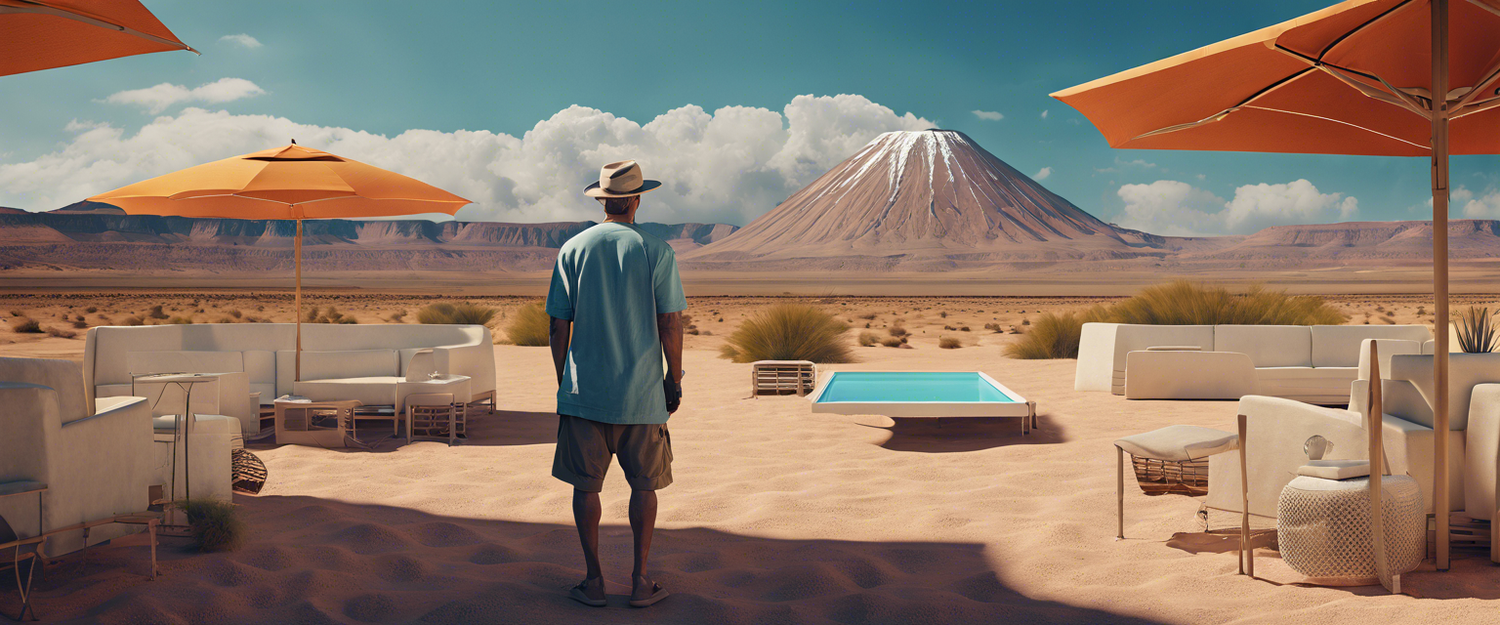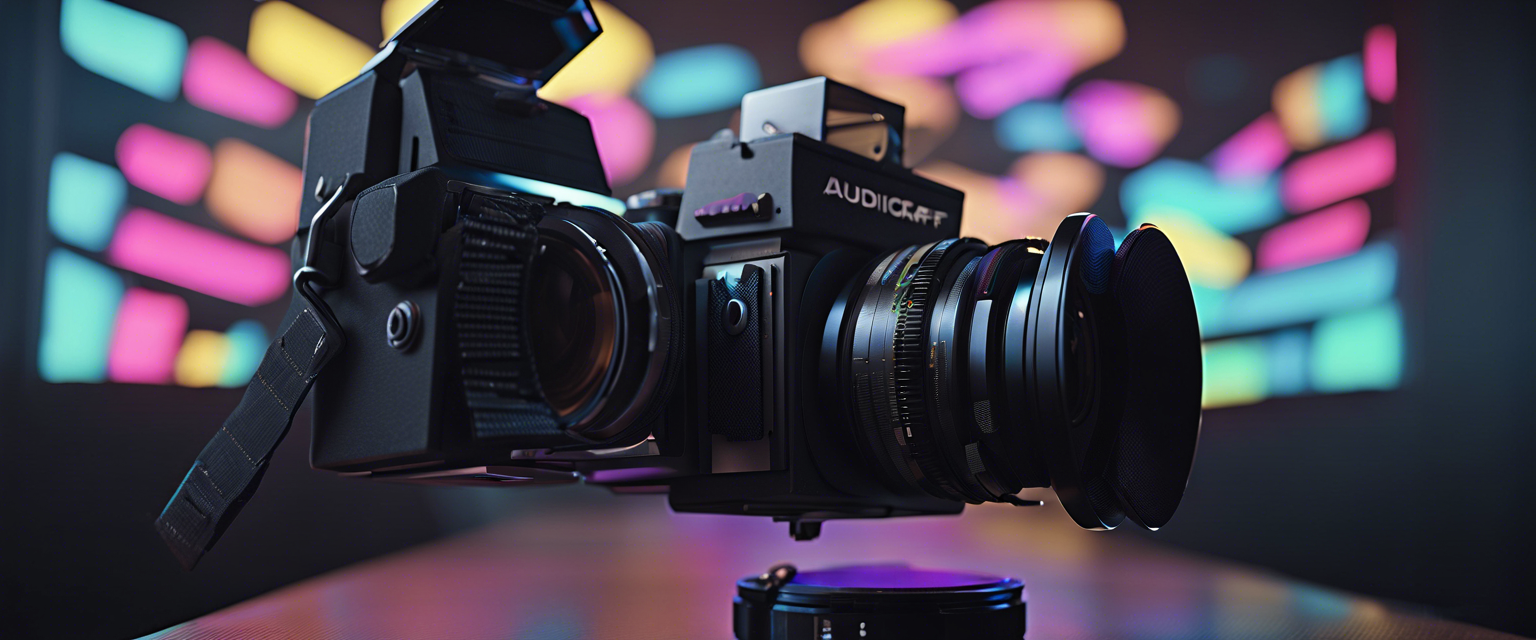Unlocking Creativity: Integrating DALLE 2 API with TruLens
Welcome to this comprehensive tutorial on integrating the DALLE 2 API with TruLens. In this guide, we'll explore the process step by step, from understanding the fundamentals to building a functional application.
Introduction
DALL·E 2 is an advanced AI model capable of generating images from textual descriptions, while TruLens provides enhanced analysis and insights into these generated images, making them more accessible and informative for users.
How DALLE 2 Works
DALL·E 2 interprets textual prompts and generates corresponding images using sophisticated algorithms that produce images resembling human-created drawings, paintings, and photographs. This revolutionary technology allows users to create unique visuals based solely on their written descriptions.
Major Sections Overview
Let's walk through the major sections of the codebase:
- Data Processing: This section handles the preprocessing of input data, including text prompts and generated images.
- Model Integration: Here, we integrate the DALL·E 2 API into our application to generate images based on textual descriptions.
- TruLens Integration: We incorporate TruLens for enhanced image analysis, providing additional insights into the generated images.
- User Interface Implementation: The user interface is built using Streamlit, enabling users to interact with the application seamlessly.
Function and Class Descriptions
Below are some essential functions used in this tutorial:
preprocess_data(text_prompt)
This function preprocesses the input text prompt, ensuring it is formatted correctly for the DALL·E 2 API, thus optimizing the image generation process.
generate_image(text_prompt)
This function interacts with the DALL·E 2 API to generate an image based on the provided text prompt. It is the core of our application, enabling users to see their visions come to life.
analyze_image(image)
Using TruLens, this function analyzes the generated image, providing insights such as image quality, content accuracy, and style consistency, enhancing the creative process.
display_results(image, analysis)
This function displays the generated image along with the analysis results to the user via the Streamlit interface, tying together the tasks of generation and analysis.
Step-by-Step Instructions
Follow these steps to successfully integrate DALL-E 2 API with TruLens:
Step 1: Clone the Repository
Clone the repository containing the Streamlit app to your local machine.
Step 2: Create and Activate a Virtual Environment
Create a virtual environment to isolate the dependencies for the app.
Step 3: Install Dependencies
Install the required Python dependencies using the requirements.txt file.
Step 4: Integrate TruLens Evals
Implement TruLens Evals to enhance the DALL-E 2 output. Consult the TruLens documentation for specific instructions.
Step 5: Create and Activate a Conda Environment for DALL-E
Create a Conda environment named "dall-e" to isolate the dependencies for the app.
Step 6: Activate the "dall-e" Environment
Activate the "dall-e" environment using the command:
conda activate dall-eStep 7: Install Necessary Libraries
Install the necessary libraries using pip:
pip install -r requirements.txtStep 8: Set Up Streamlit Secrets
To incorporate your OpenAI API key and HuggingFace Access Token into Streamlit secrets, follow these steps:
- Create a
.streamlit/secrets.tomlfile within your project directory.
Configure API Keys
To configure your API keys for OpenAI and Hugging Face, follow these steps:
- Create a
.streamlit/secrets.tomlfile in your project directory. - Add the following lines to the file, replacing
YOUR_API_KEYandYOUR_ACCESS_TOKENwith your respective keys:
[openai]
api_key = "YOUR_API_KEY"
[huggingface]
access_token = "YOUR_ACCESS_TOKEN"Step 9: Run the Streamlit App
Run the Streamlit app using the command:
streamlit run app.pyStep 10: Access the App
Access the Streamlit app in your web browser by navigating to the URL provided by Streamlit, typically http://localhost:8501.
Using the DALL-E Application
Navigate to the Text-to-Image feature and begin creating:
Navigate to the Text-to-Image Feature
Go to the sidebar and select the "Text to Image" option.
Enter Your Prompt
Once on the "Text to Image" page, enter your prompt. For example, you might input "beautiful pitbull" to generate a stunning image.
Click on Submit
After entering your prompt, click on the "Submit" button.
View the Result
You will receive the resulting image based on your prompt, beautifully rendered as per your description.
View Result in Editor
Additionally, you can view the result in the editor, where TruLens will display valuable analysis and insights regarding the generated output.
Step 11: Explanation of the Main Application Code
This section integrates the DALL-E 2 API with TruLens and defines the functionality for generating images and analyzing them, enabling a seamless creative workflow.



Zostaw komentarz
Wszystkie komentarze są moderowane przed opublikowaniem.
Ta strona jest chroniona przez hCaptcha i obowiązują na niej Polityka prywatności i Warunki korzystania z usługi serwisu hCaptcha.